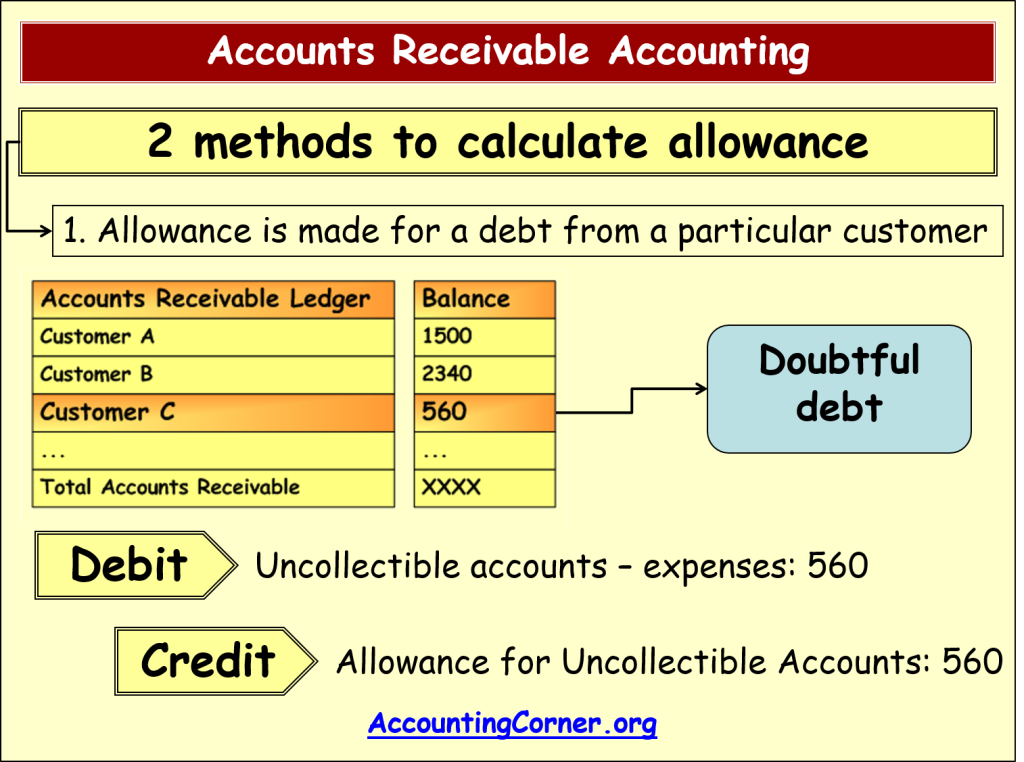First Class Info About Allowance For Doubtful Debts Balance Sheet Coca Cola Current Assets

An allowance for bad debt is a valuation account used to estimate the amount of a firm's receivables that may ultimately be uncollectible.
Allowance for doubtful debts balance sheet. It is also known as an. The allowance for doubtful accounts is a reduction of the total amount of accounts receivable appearing on a company’s balance sheet. The allowance reflects management’s best estimate of the amount of accounts receivable that customers will.
An allowance for doubtful accounts (uncollectible accounts) represents a company’s proactive prediction of the percentage of outstanding accounts receivable that. April 7, 2022 what is the allowance for doubtful accounts? This item is positioned below accounts receivable, indicating that this is the.
To demonstrate the treatment of the allowance for doubtful accounts on the balance sheet, assume that a company has reported an accounts receivable balance of. Allowance for doubtful debts is created by forming a credit balance which is netted off against the total receivables appearing in the balance sheet. Accounts receivable should be measured at net realizable value.
Allowance for doubtful accounts (afda) and bad debts. Companies place the allowance of doubtful accounts under assets in their balance sheets. We do this by estimating how much will not be paid:
Allowance for doubtful accounts: 2 minutes of reading. The allowance for doubtful accounts is recorded as a line item on a company’s balance sheet.
With the account reporting a credit balance of $50,000, the balance sheet will report a net amount of $9,950,000 for accounts receivable. How do doubtful accounts affect your accounts receivable? Bad debt expense (debit balance) will be posted to the company’s income statement as net loss, while the allowance for doubtful accounts will be posted.
However, the balance sheet would show $100,000 accounts receivable less a $5,300 allowance for doubtful accounts, resulting in net receivables of $ 94,700. We’ll show you how to record ada later on in this post. It is established through an adjusting entry that debits bad.
The balance sheet will now report accounts receivable of $120,500 less the allowance for doubtful accounts of $10,000, for a net amount of $110,500.


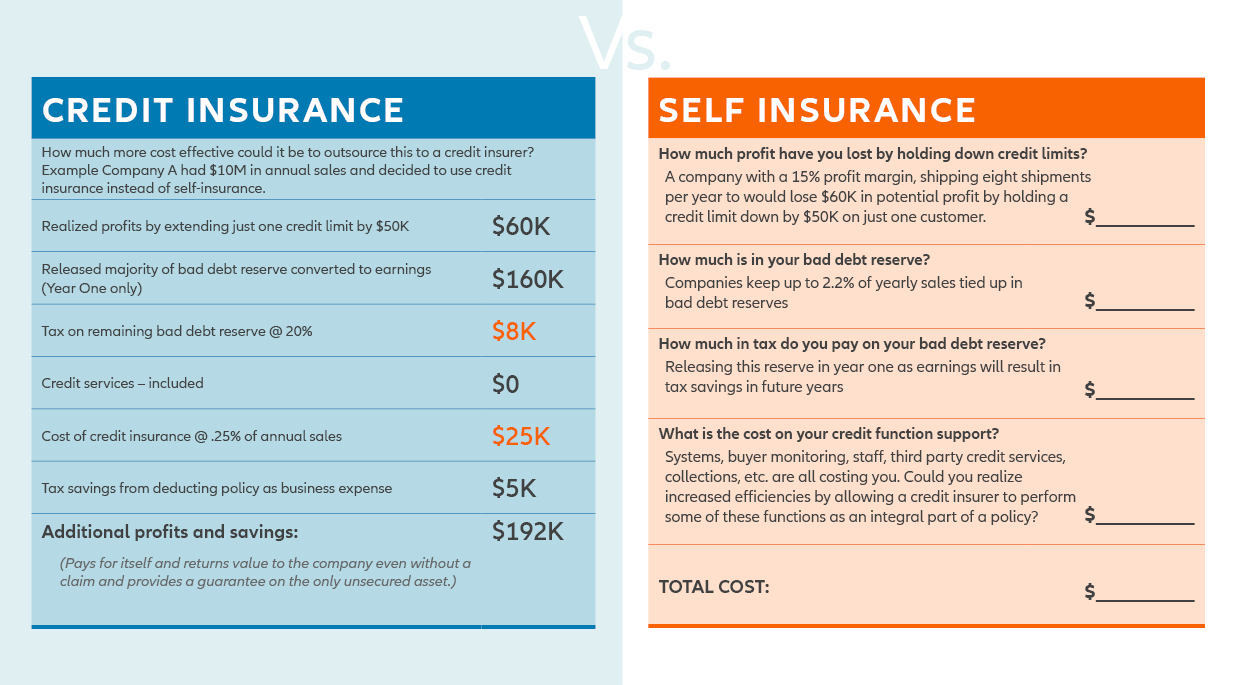


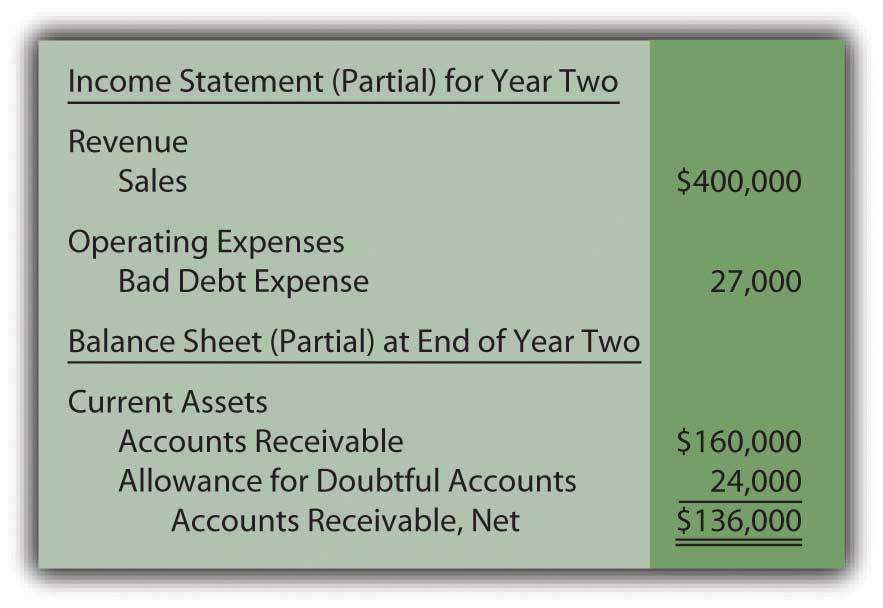
:max_bytes(150000):strip_icc()/Allowance_For_Doubtful_Accounts_Final-d347926353c547f29516ab599b06a6d5.png)

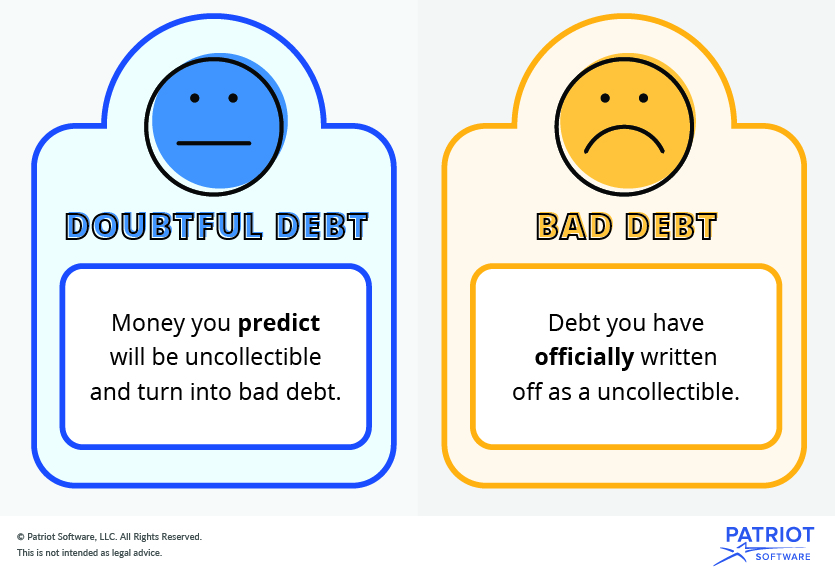
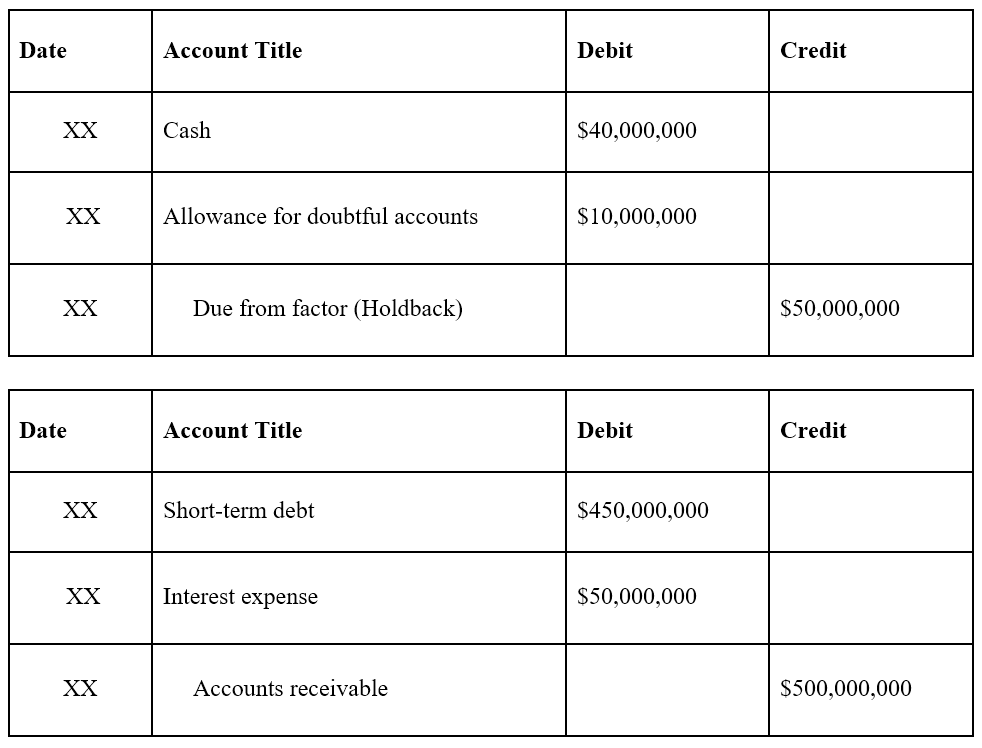
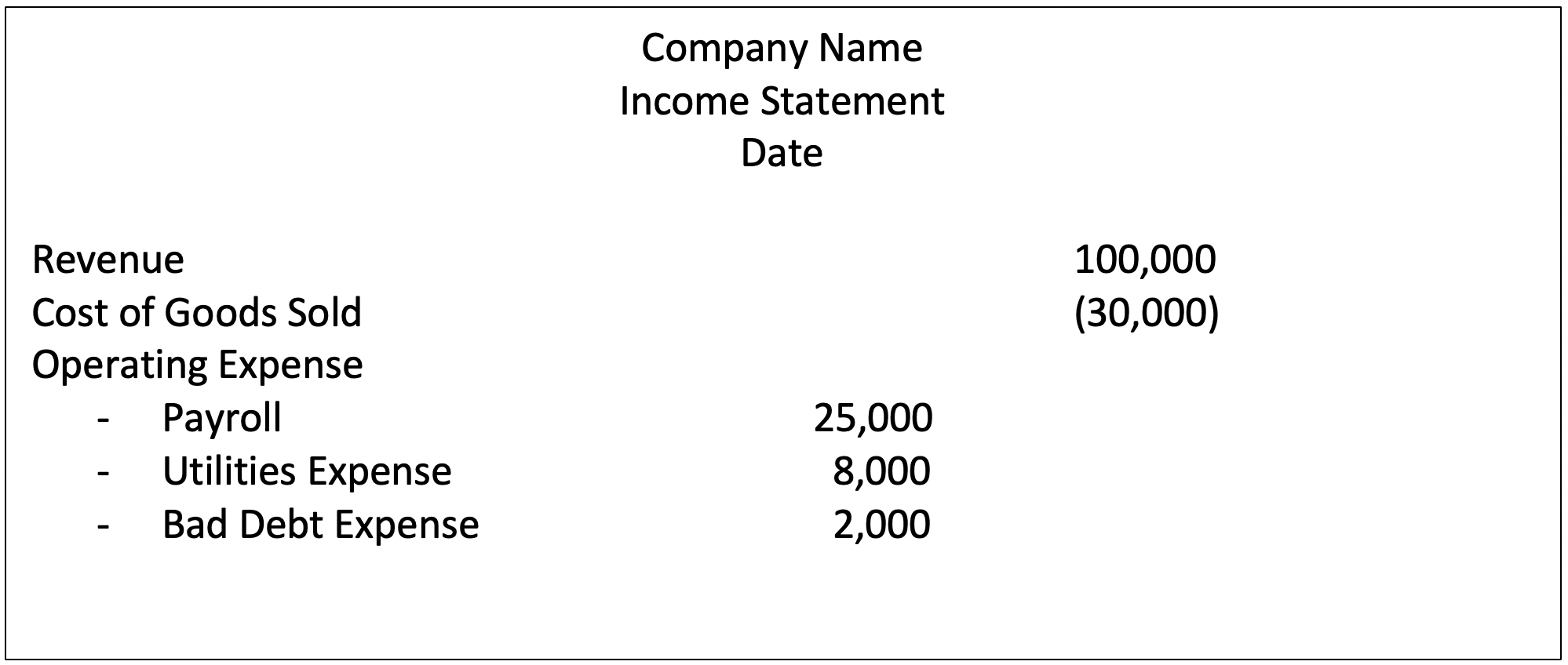
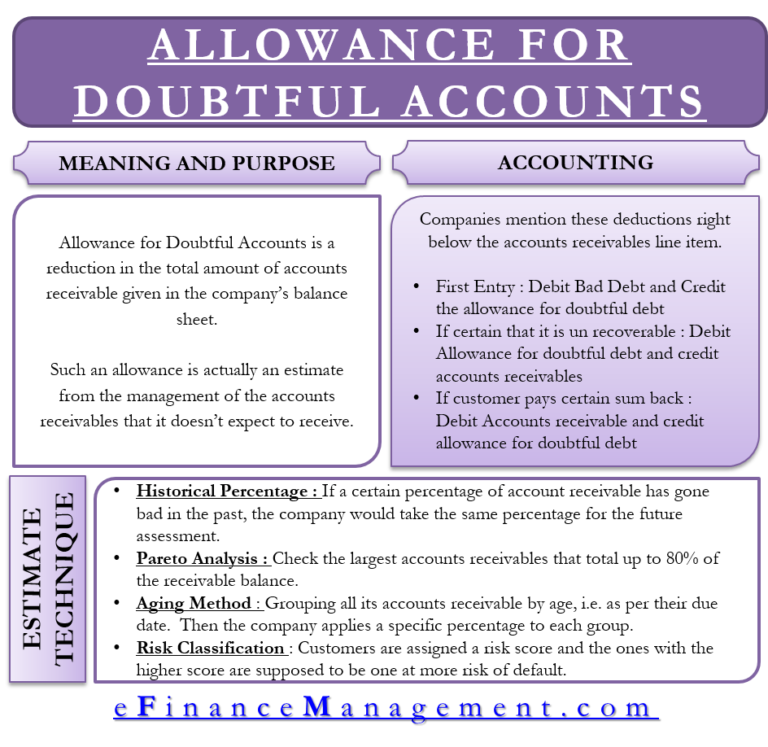


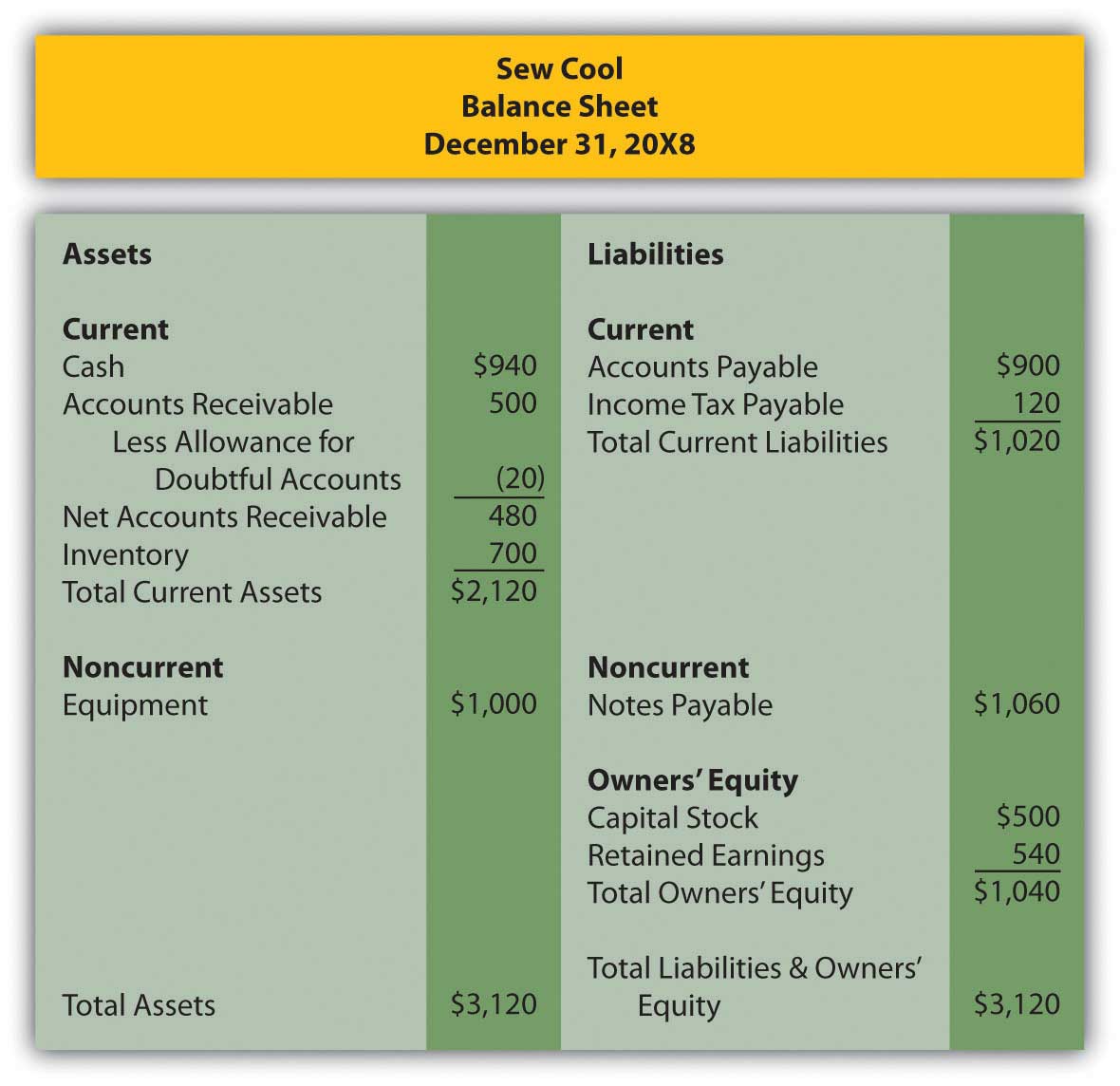
:max_bytes(150000):strip_icc()/AmazonBS-33b2e9c06fff4e63983e63ae9243141c.JPG)

